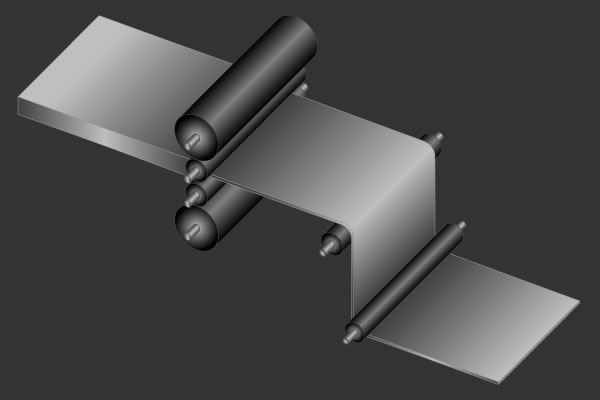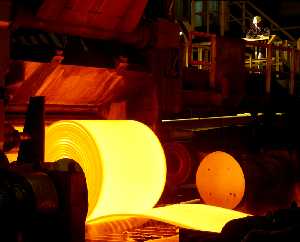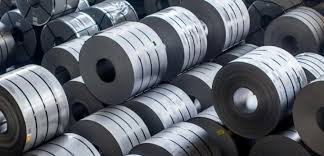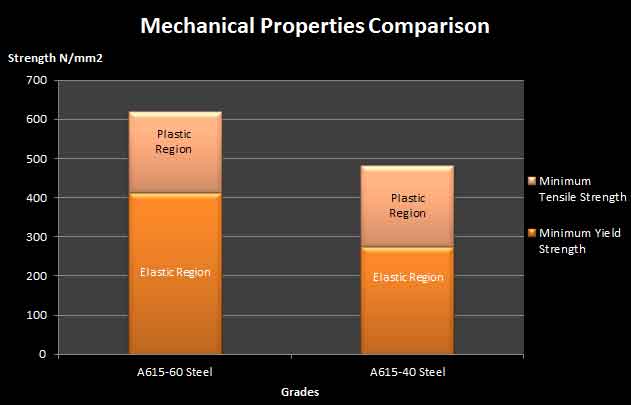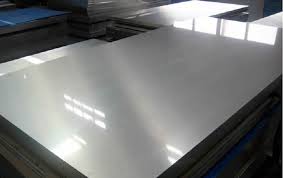Drawing Versus Deep Drawing Operation
Drawing
Drawing is a specialized metal-operating practice that utilizes tensile stresses to draw out, elongate or extend the sheet metal in the form of wire or in the form tube or bar. The drawing process carries out deformation over a curved axis. The work piece is drawn with the help of a die that decreases the diameter of the work piece on the contrary increasing the length of the work piece.The drawing process is usually progressed through cold working conditions therefore it is classified as a cold working operation. However, cold working conditions are no more compulsion; it can be carried out in hot working conditions as well depending upon a certain condition.
Drawing process is not a simple process rather proper lubrication and pressures are important factors during a drawing process. The sheet metal can be a subject of defect after the process because it can be found with wrinkles on its surface, this can happen because of the fact that sheet is not properly mounted with due pressure during the process of drawing or there was no proper lubrication.
For this reason of improper lubrication, the part can break or cannot move freely, therefore a proper balance of pressure and lubrication must be there otherwise consequences might get out of control.
Deep Drawing
In a drawing process, when the depth of the drawn work piece becomes more than the diameter present originally prior to drawing then the process is termed as deep drawing. Hence, it is not done in a single strike rather a drawn part is re-drawn through several dies for this purpose of re-drawing or deep drawing.
A problem that is associated with deep drawing is about the wrinkles produced at the first order. These wrinkles results due to tangential compressive stresses but it can be avoided if a proper aligned blank holder is used to guide the motion of material flow from the blank and into the die.
The percentage reduction in the diameter of the aluminum blank sheet by 50 percent requires a power of about 126 kN. Lubricants are used in a deep drawing process so as to reduce friction and heat between punch and die of a deep drawing process. Lubricant also helps the part to appear out of the process with an overall fine surface.



